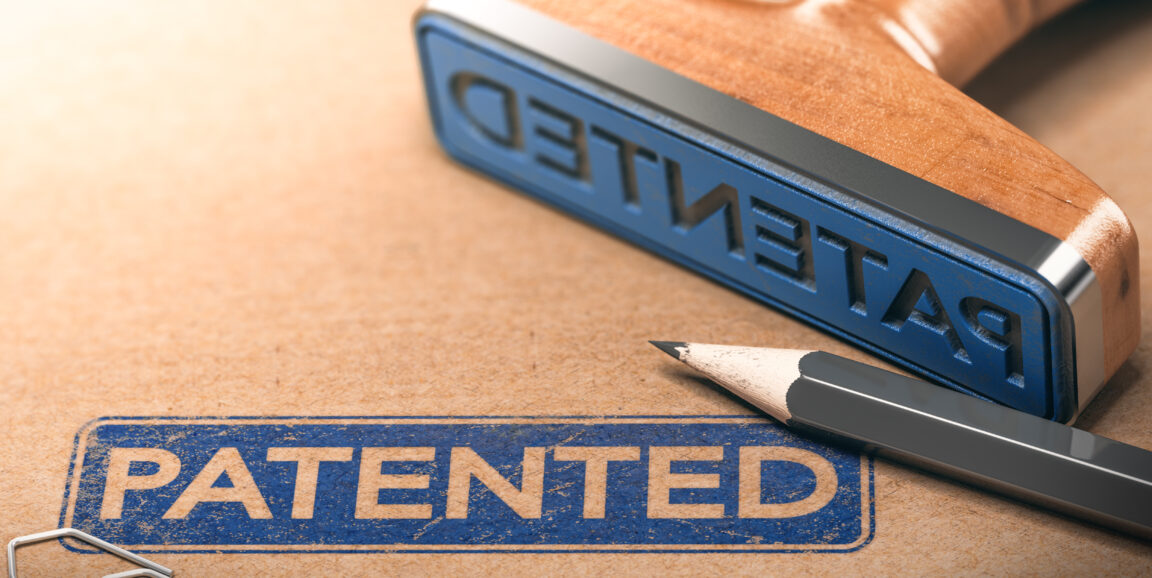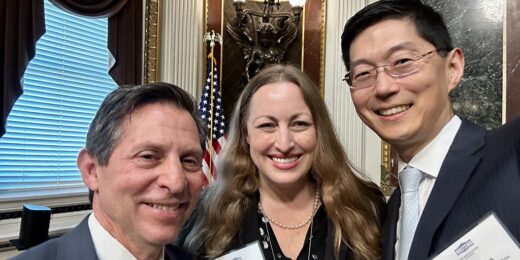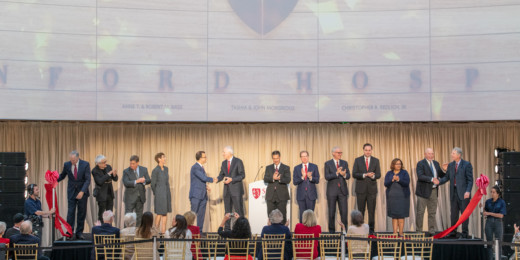Patents, or exclusive rights that are granted for an invention, may seem confusing or inconsequential to many. However, they play a significant role in biomedical research.
When scientists create something, like a new technology, that has potential commercial value, they may want to patent it to safeguard their invention. This prohibits others from making, using or selling their invention for a period of time.
However, the process of being named as an inventor on a patent is complicated and opaque, said Ishan Kumar, JD, a PhD student in stem cell biology and regenerative medicine at Stanford Medicine. Kumar and his colleagues at both Stanford Medicine and the Stanford Law School wanted to identify which authors on scientific papers receive credit for their inventions by being listed on a patent.
To do so, the team created a list of over 430,000 global biomedical publications that were cited by a patent and had at least one author who was listed as an inventor on the patent. They then analyzed the list based on individuals' gender and seniority in the lab, defined by whether they were senior or lead authors. A study by Kumar and his colleagues published in Nature Biotechnology in May reported that more than 60% of female first authors are not included as inventors on patents. In contrast, more than 50% of male first authors are included as inventors. Female last, or senior, authors were also disproportionately underrepresented among inventors in patents.
Kumar spoke about this gender disparity and what can be done to even the patent playing field.
Why is it important to investigate who counts as an inventor?
Representation of women in biomedical sciences has improved quite a bit over the years, but there are still disparities in representation, particularly at a senior level, and in grants that are awarded. Not as many people, however, have looked at how researchers in biomedicine profit from their own inventions.
If, because of your gender, you don't have an equal chance to benefit monetarily and boost your reputation, that's unfair. Our team wanted to capture this disparity in a data-driven manner, which can provide people with a foundation to be able to address this issue through policy.
What was your most significant finding?
About 30% of the time, lead authors are named on patents with senior authors. It's a general convention that the lead author does the bulk of the experimental work and helps write up the paper. So, it's expected that if you did most of the experimental work that you should get the patent credit, while the senior author is the principal investigator overseeing the research and provides the guidance and resources for the research effort to bear fruit.
However, we found a gender gap in lead authors who get named on patents for their own inventions. This is concerning because this difference is fairly stable over time. That means that despite improved representation of women in biomedical research, they are still less likely to get named on patents than their male colleagues.
Why do you think this is?
There's some opacity in how decisions are made about who is named on a patent. A potential explanation is that there may be bias for senior authors (principal investigators) who bring in a lot of money for their university, and some analyses have shown that there are grant funding disparities between male and female biomedical researchers. Investigating grant funding's role in the patent system is one of our future research interests.
Part of this may also be unconscious biases that favors one gender over the other, as that's what we're seeing in the data.
What do you believe can be done to be more inclusive of women and other underrepresented minority authors on patents?
One approach might be to increase education on exactly why somebody should be included as an inventor. There also should be more standardization of and more clarity about the process. We need robust back and forth engagement between university technology transfer offices, which help innovators access patent information and facilitate the commercialization of research, and researchers.
Having a patent attorney talk to the interested parties and ensure that everybody is fairly represented could be useful. And better documentation of who has done what could be helpful, along with upfront agreements - before the research begins - on how patent credit will be handled.
What other research questions do you think need to be answered?
Being able to track the entire life cycle from an NIH grant to an approved therapy would be the dream. Within that, we could further explore questions about demography, fairness and bias, and try to optimize the way that research is funded.
We are also interested in including other scientific fields -- such as material science, physics, engineering, math -- in this research to do the same kind of analysis as we did for biomedical research patents.
Photo by Olivier Le Moal






